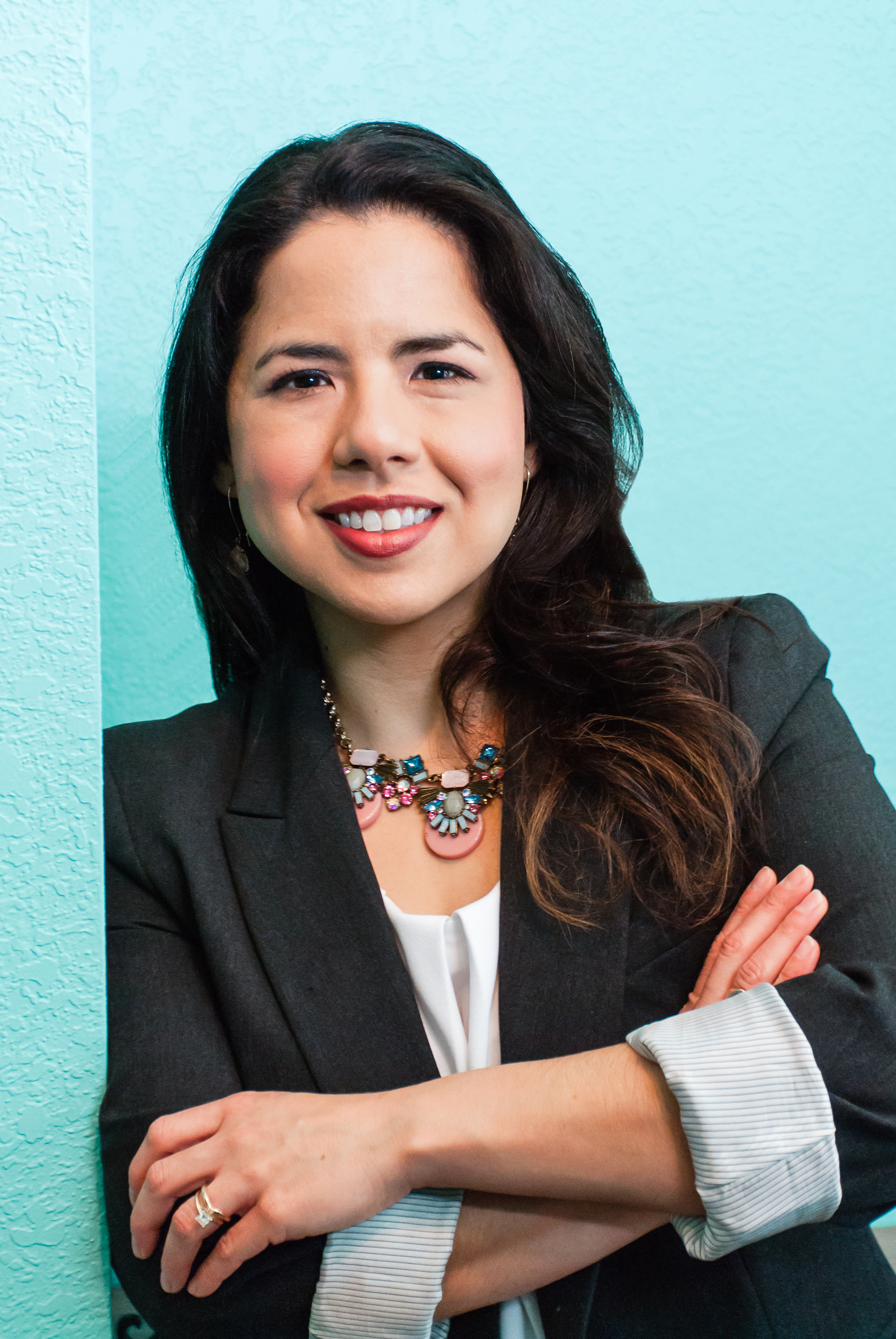Inclusive Communications Fosters Belonging
By Melissa Vela-Williamson, M.A., APR, Fellow PRSA
April 2023
It seems the only predictable part of life is change. Who knows that better than PR professionals? Each year we work in this profession should sharpen our skills and open our minds as we observe change — changes in people’s attitudes, behaviors and even beliefs.
After two decades of working in public relations, I believe the principles of this work should remain static while everything about how we bring those principles to life is dynamic.
Now, “never say never” has become something I refer to. It helps me keep a flexible mindset, and scenarios still pop up that surprise me. We should never stop evolving our craft. Words may be the most common tool we use as communicators. But are the words we write or speak still working for our good? Is our dictionary up to date with today’s societal standards?
The words we use as PR professionals have power. They either elevate and connect others, or they stack up like bricks in a wall dividing people.
As I share with audiences how PR principles naturally align with diversity, equity and inclusion principles, it’s encouraging to watch others connect the dots. That “aha” moment leads to more questions, though, which I’m happy to answer or to research.
The truth of working in PR and DE&I means that no one has all the answers. What fits one day doesn’t necessarily fit the next. And people change, so how we communicate with them, and about them, should evolve, too.
Start strategically.
We should wade into DE&I communication slowly and strategically. There are diversity experts who can consult with us, and that’s helpful if you’re not experienced in this area. It’s more common for DE&I to be aligned with human resources.
This means, when people think of DE&I, there are usually concerns about compliance, liabilities and reputation damage. While human resources focus on the workforce that powers an organization, public relations focuses on the relationships our organizations have with people that power their success. To create relationships, we must successfully communicate with today’s and tomorrow’s stakeholders.
Focus on inclusion.
Author David Allison’s new book, “The Death of Demographics,” shares global data that shows family is the top value around the world. In the United States, our top value is belonging — closely linked with family in what Allison calls the “togetherness cluster” of values.
Rather than focusing on differences between groups, we can focus on a shared connection point — the value of belonging — to guide our entry into aligning DE&I with our PR efforts. To belong, you must feel included, which is why inclusive communication can help foster a sense of belonging and relevancy with stakeholders. Thinking about how to best serve most stakeholders will lead to a more inclusive communication style.
Inclusive communication work is built on a four-step framework.
- Research. Conduct primary research and review secondary research from credible sources to learn about your target publics.
- Review. Audit your current PR and marketing communication mediums. Is your message aligned with what would resonate with your publics? Is it easy to understand? Do you illustrate who you serve in images, terms and by offering actual resources they need?
- Revise. Represent your marketplace and workforce better with updated terms, visuals and content.
- Revolutionize. Be willing to be the first in your workplace to make these types of changes.
Using this framework can help us create more inclusive communication. Auditing our own vernacular, carefully creating content, and making time to conduct research or get an expert opinion can help with this change.



